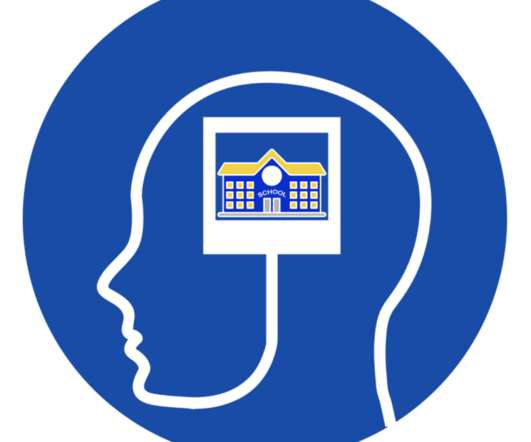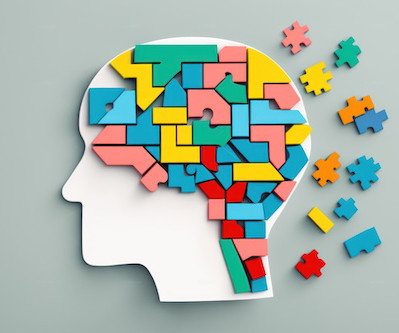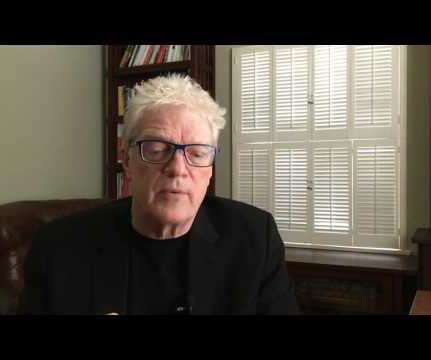Will Existing Mental Models Threaten Post-pandemic Progress in Education?
Catlin Tucker
APRIL 11, 2021
I fear schools will revert to what is comfortable and what aligns with existing mental models instead of questioning the status quo, taking inventory of the lessons learned this year, and paving a new path forward. The Power of Mental Models. Teacher training programs likely reinforced those mental models.






















Let's personalize your content